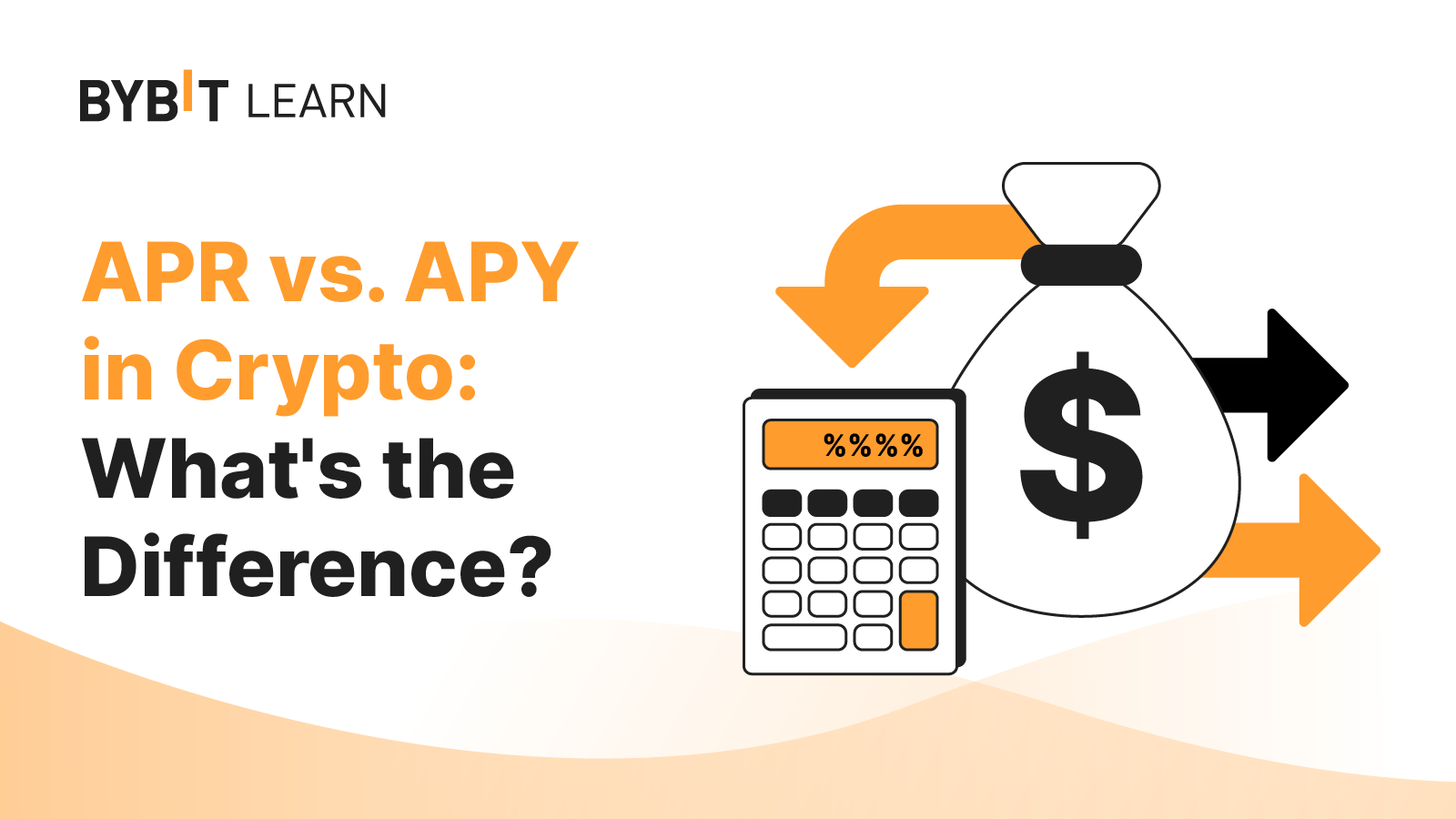Understanding apr vs apy in finance
 Understanding Annual Percentage Rate (APR) and Annual Percentage Yield (APY)
Understanding Annual Percentage Rate (APR) and Annual Percentage Yield (APY)
Annual Percentage Rate (APR) and Annual Percentage Yield (APY) are both crucial metrics in finance, representing the cost of borrowing or the return on an investment. However, they differ significantly in how they account for the effects of compounding. APR simply reflects the annual interest rate without considering the frequency of compounding. APY, conversely, incorporates the effect of compounding, providing a more accurate representation of the actual annual return or cost. For instance, a loan with a 10% APR compounded monthly will have a higher effective annual cost than a loan with a 10% APR compounded annually. This difference stems from the reinvestment of interest earned throughout the year, leading to exponential growth.
Understanding these distinctions is paramount for making informed financial decisions. Historically, the use of APR has been prevalent, often leading to misconceptions about the true cost of borrowing or the true yield of an investment. The increased transparency regulations in recent decades have emphasized the importance of disclosing APY alongside APR, especially in consumer finance, leading to greater awareness among borrowers and investors. This ensures that the actual costs and returns are clearly communicated. The remainder of this article will delve into specific aspects of these crucial metrics.

FAQs about Annual Percentage Rate (APR) and Annual Percentage Yield (APY)
This section addresses common questions regarding the calculation and interpretation of APR and APY.
Question 1: What is the key difference between APR and APY?
APR is the simple annual interest rate, neglecting compounding. APY considers the effect of compounding, reflecting the actual return or cost over a year.
Question 2: How is APY calculated?
APY calculation requires the APR and the compounding frequency. The formula involves raising (1 + APR/n) to the power of n, where 'n' is the number of compounding periods per year, then subtracting 1 and multiplying by 100%.
Question 3: Does a higher APR always mean a higher APY?
While generally true, it is not always the case. If the compounding frequency is different, a lower APR with more frequent compounding could result in a higher APY. Careful comparison of both figures is crucial.
Question 4: Where would I typically encounter APR and APY?
APR is commonly found in loan agreements, credit card disclosures, and other borrowing contexts. APY is often seen in savings accounts, certificates of deposit (CDs), and investment returns.
Question 5: Why is it important to understand both APR and APY?
Understanding both metrics allows for a complete picture of the true cost or return. Relying solely on APR can be misleading, especially when compounding is frequent.
Question 6: Can APR be higher than APY?
No, APY will always be equal to or greater than APR. APY is equal to APR only when there is no compounding (i.e., n=1).
Understanding both metrics allows for accurate comparisons and informed decisions. Ignoring the impact of compounding can lead to inaccurate financial planning.
Tips for Understanding Annual Percentage Rate (APR) and Annual Percentage Yield (APY)
These tips will facilitate a clearer understanding and application of APR and APY in various financial contexts.
Tip 1: Always look for both APR and APY when comparing financial products. Don't rely solely on one metric.
Tip 2: Pay close attention to the compounding frequency. More frequent compounding leads to a higher APY for a given APR.
Tip 3: Use online calculators to easily compute APY, given the APR and compounding frequency. Numerous free calculators are readily available.
Tip 4: When comparing loans, compare the APY, not just the APR. The APY will give a more accurate representation of the overall cost of borrowing.
Tip 5: When evaluating investment options, consider the APY to understand the true annual return on your investment.
Tip 6: Familiarize yourself with the terminology used in loan and investment documents, such as "compounding period" and "nominal interest rate."
Tip 7: If unsure, seek clarification from financial professionals regarding specific financial products and the application of APR and APY.
Employing these tips will enhance comprehension and aid in informed financial decision-making.
Conclusion on Annual Percentage Rate (APR) and Annual Percentage Yield (APY)
This article has explored the fundamental distinctions between APR and APY, highlighting their importance in accurately assessing the costs and returns associated with borrowing and investing. The crucial difference lies in the consideration of compounding effects: APY provides a more realistic picture by incorporating the impact of interest earned on previously earned interest.
A comprehensive understanding of both APR and APY is essential for responsible financial management. By actively seeking this knowledge and utilizing the resources available, individuals can make informed choices that optimize their financial well-being, whether borrowing funds or managing investments. Consistent awareness and diligent comparison of these critical metrics are vital for navigating the complexities of personal finance successfully.

Published on: 2025-04-17T11:41:30.000Z
